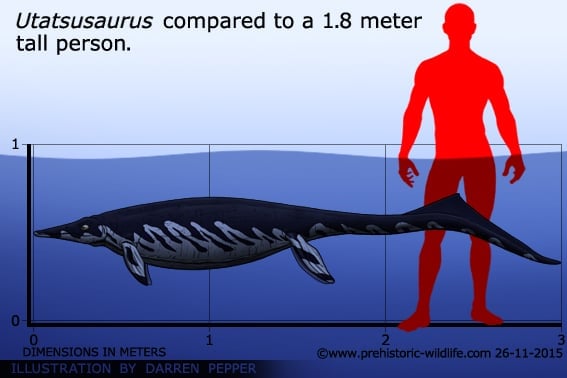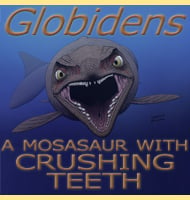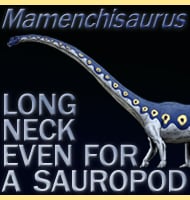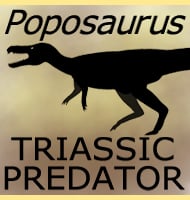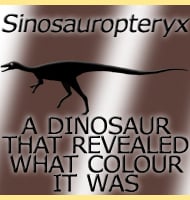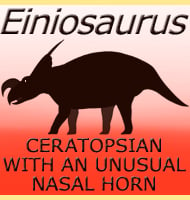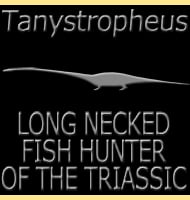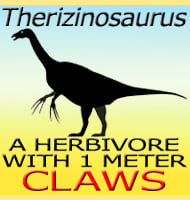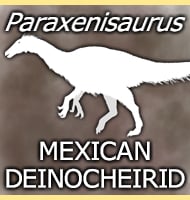In Depth
Utatsusaurus is an important entry in the fossil record concerning marine reptiles as it is often considered one of the first ichthyosaurs and as such it is used by some as the bench mark for identifying basal (primitive) features in ichthyosaurs. This includes skeletal features similar to diapsid reptiles, today the group that includes lizards that dates back as least as far as the Carboniferous with the appearance of Petrolacosaurus. Utatsusaurus was not as well developed to aquatic life as later ichthyosaurs were as it lacked a dorsal fin, and had a tail that seems to have bent down to a larger lower lobe that resulted in an uneven caudal tail.
Utatsusaurus may not have been ‘the’ defining primitive form however as the fins have four toes instead of the usual five seen in other primitive ichthyosaurs. This suggests that Utatsusaurus was on the evolutionary line to transitionary ichthyosaurs such as Mixosaurus which had three toes indicative of advanced forms like Ichthyosaurus. For this reason alone Utatsusaurus remains an important entry when dealing with ichthyosaur evolution. The limelight has shifted away from Utatsuaurus somewhat since the 2015 naming of Cartorhynchus.
The skull of Utatsusaurus is quite broad in proportion when compared to other ichthyosaurs (especially narrow skulled ones like Shastasaurus), and is a feature that harks back to its terrestrial ancestors. Teeth in the jaws suggests that Utatsusaurus hunted for fish, although its plausible that Utatsusaurus may have taken other prey such as cephalopods and possibly even other smaller marine reptiles.
Further Reading
– Early Triassic Ichthyosaurus, Utatsusaurus hataii Gen. et Sp. Nov., from the Kitakami Massif, Northeast Japan. – Science Reports of the Tohoku University Second Series (Geology), 1977. 48(1–2): p. 77-97. – T. Shikama, T. Kamei & M. Murata – 1977. – Redescription of the dental features of an early Triassic ichthyosaur, Utatsusaurus hataii. – Journal of Vertebrate Paleontology, 1996. 16(3): p. 396-402. – R. Motani – 1996. – New information on the forefin of Utatsusaurus hataii (Ichthyosauria). – Journal of Paleontology, 1997. 71(3): p. 475-479. – R. Motani – 1997. – Ichthyosaurian relationships illuminated by new primitive skeletons from Japan. – Nature, 1998. 393(6682): p. 255-257. – R. Motani, N. Minoura & T. Ando – 1998. – Reinterpretation of the cranial morphology of Utatsusaurus hataii (Ichthyopterygia) (Osawa Formation, Lower Triassic, Miyagi, Japan) and its systematic implications. – Journal of Vertebrate Paleontology, 2013. 33(4): p. 817-830. – R.S. Cuthbertson, A.P. Russell & J.S. Anderson – 2013.
